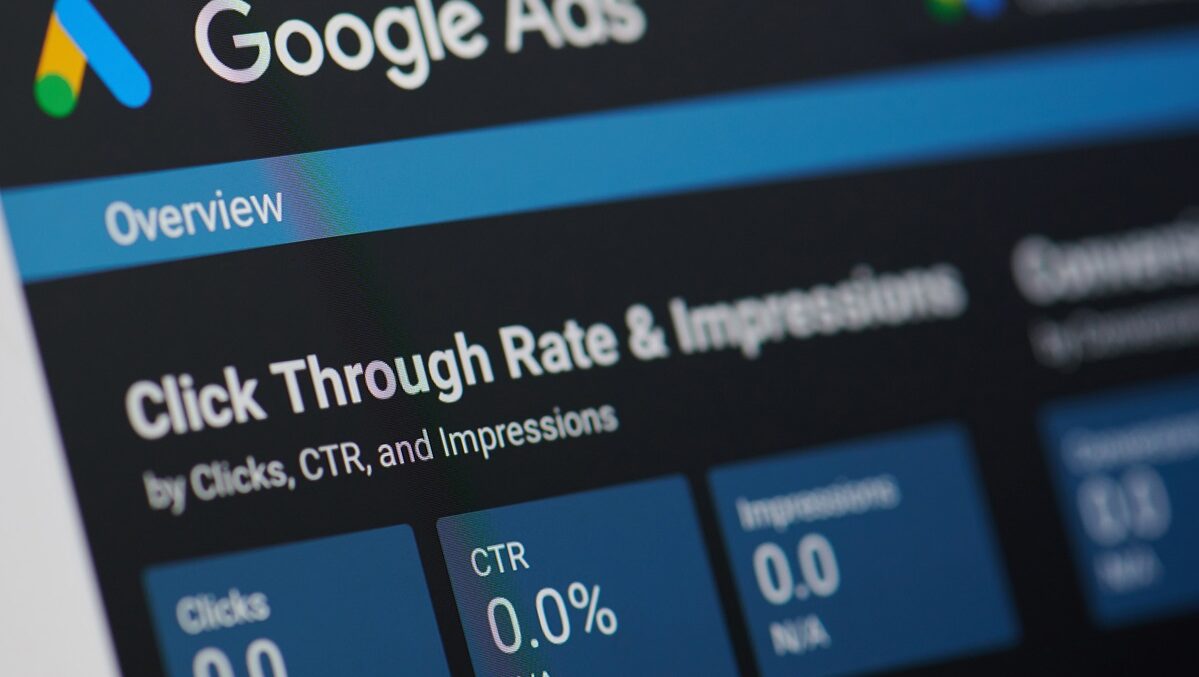
The trial of the U.S. Justice Department’s (DOJ) “adtech” antitrust lawsuit against Google kicked off Sept. 9 in U.S. District Court in Alexandria, Virginia. In a nutshell, the DOJ (joined by 17 states) argues that Google illegally monopolized key digital-advertising technologies through a variety of anticompetitive tactics. But the DOJ will find it difficult to prove that Google’s actions harmed competition and consumers in this market. Rather than furthering the public interest, this sort of lawsuit is far more likely to deter innovation in dynamic markets, to the detriment of consumers and the American economy.
The Adtech Lawsuit
DOJ’s Argument
In January 2023, the DOJ (joined initially by 8 states, now by 17 states) filed a civil antitrust suit against Google for monopolizing multiple digital-advertising technology products in violation of Sections 1 and 2 of the Sherman Antitrust Act.
The DOJ claimed that:
Google now controls the digital tool that nearly every major website publisher uses to sell ads on their websites (publisher ad server); it controls the dominant advertiser tool that helps millions of large and small advertisers buy ad inventory (advertiser ad network); and it controls the largest advertising exchange (ad exchange), a technology that runs real-time auctions to match buyers and sellers of online advertising.
Even assuming this is true (and this description will be controverted at trial), having a monopoly does not, by itself, violate the antitrust laws. To prove a violation, the government must show that the defendant obtained or retained the monopoly through business tactics that are not “competition on the merits”—actions that make no economic sense but for their tendency to harm competition.
When a defendant can show plausible efficiency explanations for its conduct, the government is highly unlikely to succeed in its monopolization lawsuit.
The DOJ asserted in its 2023 complaint that Google undermined competition through:
- Top of Form
- a pattern of acquisitions to obtain control over key digital-advertising tools used by website publishers to sell advertising space;
- locking in website publishers to its newly acquired tools by restricting its unique, must-have advertiser demand to its own ad exchange and, in turn, conditioning effective real-time access to its ad exchange on the use of its publisher ad server;
- limiting real-time bidding on publisher inventory to its ad exchange, and impeding rival ad exchanges’ ability to compete on the same terms as Google’s ad exchange; and
- manipulating auction mechanics across several of its products to insulate Google from competition, deprive rivals of scale, and halt the rise of rival technologies.
The DOJ added that, “[a]s a result of its illegal monopoly, and by its own estimates, Google pockets on average more than 30% of the advertising dollars that flow through its digital advertising technology products.”
Google’s Likely Response
Google may be expected to respond that:
- The DOJ’s allegations do not show anticompetitive conduct; and
- Google’s conduct was efficient, benefiting consumers and the economy.
First, U.S. antitrust courts almost invariably require a market share of well over 50% to find monopoly power. As the Federal Trade Commission (FTC) explains, courts “typically do not find monopoly power if the firm (or a group of firms acting in concert) has less than 50 percent of the sales of a particular product or service within a certain geographic area. Some courts have required much higher percentages.”
The DOJ’s reference to “30% of advertising dollars” that flow through Google’s pockets, though not specifying a particular market, suggests that DOJ may find it hard to convince a court that Google is a monopolist. If it is not, the DOJ’s argument that Google’s conduct maintains a monopoly fails as a legal matter.
Second, the DOJ alleges that Google has monopolized three peculiar markets (ad servers, ad exchanges, and advertiser ad networks) for specific adtech for “open-web display advertising.” These jerry-rigged definitions exclude most of the online places where users see ads—in apps, on social media, on most retail sites (for example, Amazon), and on connected TV. The definitions also exclude in-stream video ads.
Google presumably will argue that these other online places should be included in the market and that, when they are, Google is far from dominant.
Third, the DOJ asserts that Google illegally “tied” its publisher ad server to its ad exchange. Antitrust law holds that the law may be violated when a firm with a lot of market power in one product requires buyers to acquire another product, as well. In high-tech markets, such as adtech, courts apply the antitrust “rule of reason” to a tie, to determine whether potential efficiency benefits outweigh any anticompetitive effects.
Google will argue that the ad server and ad exchange should be viewed as one integrated product, not two products, so the tying argument fails.
But even if there are two products, Google will point out that its ad exchange is a “two-sided market” platform that brings together buyers and sellers, and that it should be allowed to operate that exchange as it sees fit. Google will likely stress that substantial efficiencies are generated through the joint provision of products, negating the claim that competition is being harmed (or, at the very least, outweighing any harm).
Fourth, the DOJ refers to Google’s acquisitions of digital-advertising tools, but those acquisitions were not previously found to be illegal. Moreover, Google may well seek to demonstrate that those acquisitions improved the quality of its adtech products, a result that is procompetitive, not anticompetitive.
Fifth, the DOJ’s allegations related to Google’s real-time-bidding limitations on publisher inventory to its ad exchange, and “manipulation” of its auction mechanics, are problematic.
There are significant efficiency explanations for such conduct. These include, for example, ensuring that Google’s ad exchange enjoys sufficient scale to compete most effectively, and that its auctions run most effectively.
Google has no antitrust duty to help its competitors. Thus, if there are sound business-efficiency reasons for Google’s handling of bidding and auctions (Google will no doubt advance them), there is no violation.
More generally, in the Verizon v. Trinko case, the U.S. Supreme Court stressed that businesses have broad discretion not to deal with competitors. Google may be expected to point out that, in essence, the DOJ is arguing that Google acted badly by denying competitors access to its customers and technology, in defiance of Supreme Court teachings.
Sixth, the DOJ will place an emphasis on the testimony of rival adtech firms and publishers who will claim they have lost market share due to Google’s tactics. As the Supreme Court has taught, however, U.S. antitrust law is concerned not with protecting individual competitors, but instead with promoting consumer welfare. Google may be expected to emphasize this point, stressing that its actions enhanced efficiency, to the benefit of consumers.
The Role of the Trial Court
The adtech case will be decided by U.S. District Court Judge Leonie Brinkema, not by a jury. The judge will build a factual record, and carefully weigh the arguments put forth by the DOJ and rebutted by Google. It would be foolish to predict how the judge will evaluate the evidence and what decision she will ultimately reach.
Nevertheless, based on what we know at this time, Google has a strong case that the DOJ has concocted a story based on alleged competitive harm that does not stand up well to close scrutiny.
In assessing this case, the court may also take note of market realities. Digital-advertising output (measured by revenue) has expanded dramatically in recent years, reflecting its benefits to businesses and consumers. This shows a market that is working quite well.
The DOJ claims that the market could work even better. This is a manifestation of what distinguished economist Harold Demsetz called the “Nirvana fallacy,” which involves comparing actual working institutions with unrealistic, idealized alternatives. Perhaps the judge will recognize that.
Where Do We Go From Here?
The U.S. government has a bad record of trying to “fix things” that are actually working well, and this problem is manifested particularly in recent aggressive federal antitrust prosecutions. The Google adtech case is a prime example.
The DOJ’s attack on Google, a highly innovative firm that, like its high-tech counterparts, has poured billions of dollars into improving its offerings, comes at a time when the United States faces increased competition internationally from China. Suits of this sort will only undermine the U.S. private sector’s incentive to innovate aggressively, to the detriment of the American economy and American consumers.
In sum, one hopes that U.S. antitrust enforcers will take a step back and reassess the wisdom of pursuing the Google adtech case, and similar “big tech” antitrust challenges.




